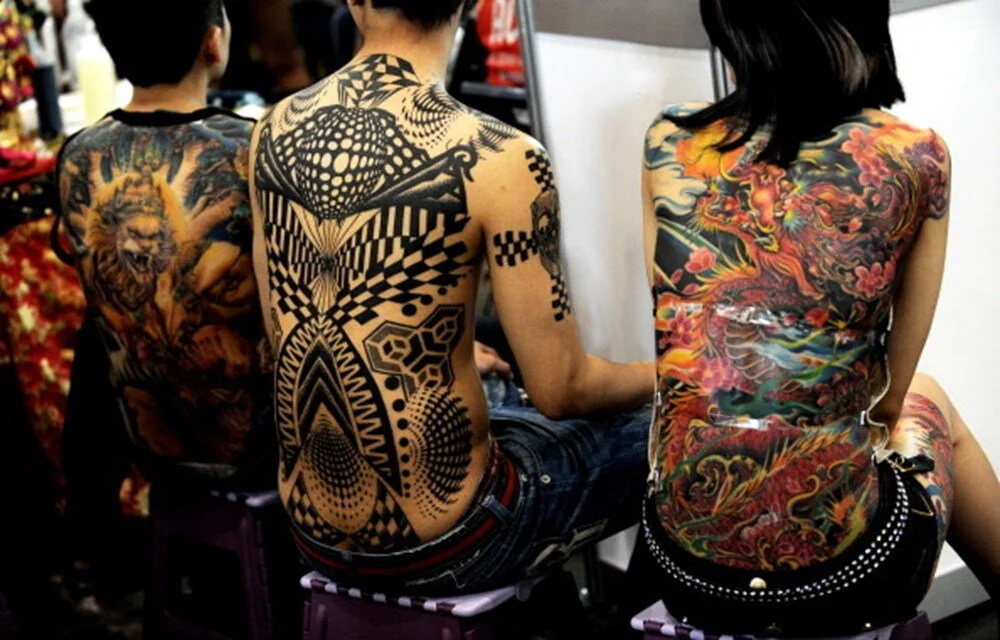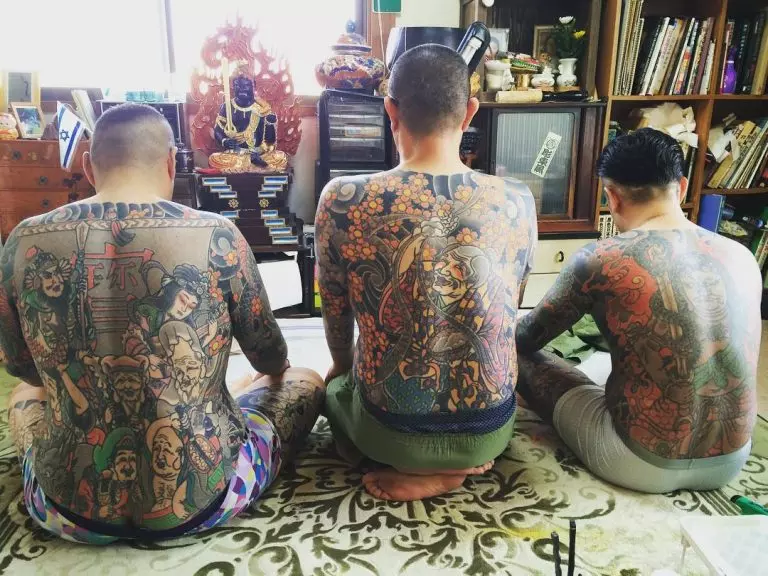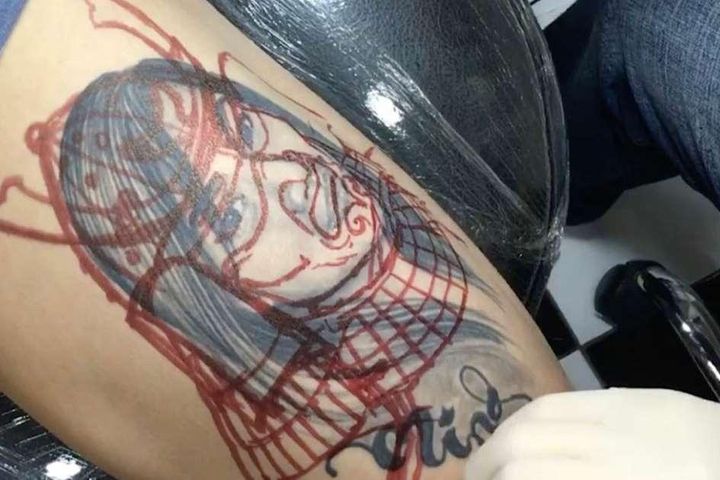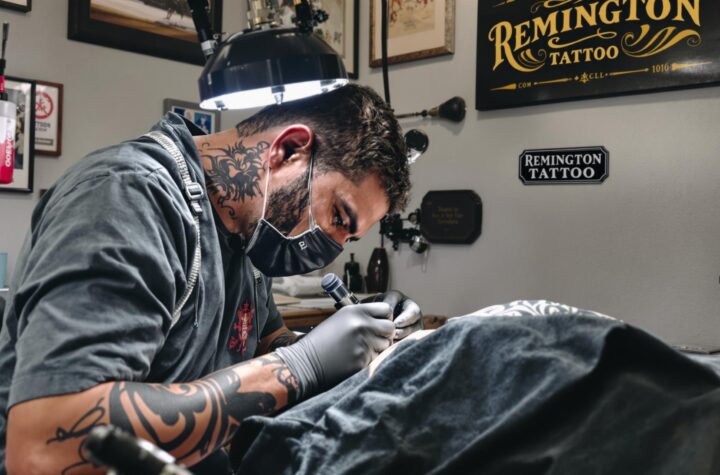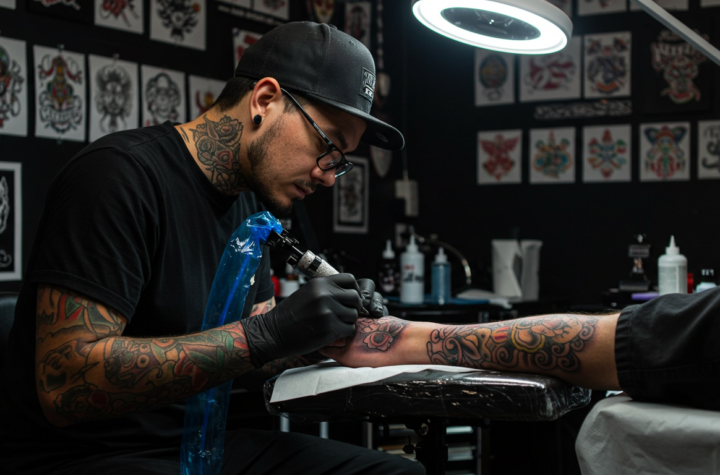The History and Evolution of Japanese Tattooing: Explore the origins of traditional Japanese tattooing, from its early beginnings in the Edo period to its development into the advanced art form it is known as today.
During the enigmatic Edo period in Japan, a mesmerizing phenomenon began to emerge, captivating the minds and bodies of its inhabitants. Tattooing, once used as a means of identification and punishment, transformed into an enigma of personal identity and artistic prowess. The traditional Japanese art form known as irezumi flourished during this epoch, unveiling refined designs adorned with intricate patterns and symbolic motifs.
Through the passage of time, the ancient artistry of traditional Japanese tattooing underwent a metamorphosis into its present-day incarnation—a testament to its unparalleled complexity. Skilled practitioners, revered as horishi or horimono masters, dedicated their lives to honing their craft through arduous training and apprenticeships. These virtuosos employed various techniques such as tebori (hand-poked) and woodblock prints to etch breathtaking designs onto their patrons’ flesh.
The hallmark features of traditional Japanese tattoos are characterized by audacious colors that burst forth with vibrancy and imagery intricately woven with meticulous detail. Iconic symbols such as dragons embody strength and sagacity while peonies exude opulence and beauty. Cherry blossoms delicately evoke the ephemeral nature of existence—each design imbued with profound cultural significance within Japanese society—a tapestry interwoven into folklore narratives and immortalized in timeless works of art.
As this revered tradition gained international acclaim, it also grappled with perplexing connotations within its very birthplace—the Land of the Rising Sun. Deeply intertwined within Japan’s clandestine criminal underworld known as yakuza, full-body tattoos became synonymous with allegiance towards these secretive organizations. However important it is to acknowledge this association exists; one must not hastily generalize all individuals adorned in traditional ink for they wear their markings proudly either driven by personal reasons or captivated by the sheer artistic mastery behind them.
From its humble origins during the Edo period to its present-day status as an elevated art form revered across the globe, the journey of traditional Japanese tattooing has been a voyage marked by evolution, discipline, and boundless creativity. The wearer’s unwavering commitment to achieving a full bodysuit not only exemplifies their unyielding dedication but also serves as an homage to this ancient practice steeped in history. Tattoos have held diverse meanings throughout cultures over the ages; yet in Japan, they persist as cherished conduits for personal expression and adoration for the hallowed artistry of irezumi.
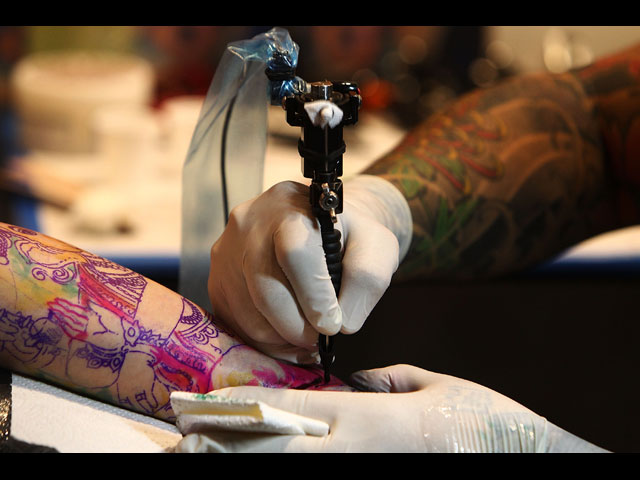
Traditional Japanese Tattoo Designs: Discover the intricate and symbolic tattoo designs that have been observed throughout Japanese history, including popular motifs like the Japanese dragon, peony, cherry blossom, and more.
Throughout Japanese history, tattoo designs have perplexed and burst forth with a bewildering range of creativity. Bursting onto the cultural and artistic scene, these intricate and symbolic designs have woven their enigmatic threads through various periods, reflecting the deeply ingrained beliefs, values, and aesthetics of the Japanese people. From awe-inspiring motifs like the legendary Japanese dragon to exquisitely delicate flowers such as peonies and cherry blossoms, tattoos in Japan serve as captivating windows into both beauty and profound meaning.
In times long past, tattooing was an intriguing practice predominantly seen among society’s lower classes. However, during the Edo period (1603-1868), tattoos emerged from obscurity to captivate hearts as an art form intertwined with samurai warriors’ very essence. The vivid woodblock prints created during this transformative era depicted enthralling scenes of fierce battles intermingled gracefully with mythical creatures—an inspiration that birthed many of today’s traditional Japanese tattoo designs.
The advent of modern technology ushered in a new chapter for Japanese tattooing—one filled with bursts of innovation that left onlookers astonished. With Samuel O’Reilly’s groundbreaking invention of the electric tattoo machine in 1891, artists were bestowed with newfound power to etch more meticulously detailed masterpieces efficiently. This extraordinary leap forward opened up boundless possibilities for passionate Japanese tattooists who eagerly embraced this mechanical marvel while remaining steadfastly loyal to their time-honored techniques known as tebori—meticulously hand-poked creations crafted using specialized needles.
Yet even amidst these bursts of progress and creative fervor, tattoos fell victim to societal stigmatization in Japan due to their association with criminal organizations like the notorious yakuza syndicates. Astonishingly enough, from 1720 until 1948—a span stretching across centuries—the government imposed a ban on tattoos aimed at quelling crime within society’s fabric. Despite facing such waves of disapproval from certain quarters, countless Japanese individuals persevered in cherishing and embracing tattoos as an indelible part of their cherished cultural heritage—a testament to the enduring power and perplexing allure of inked artistry.
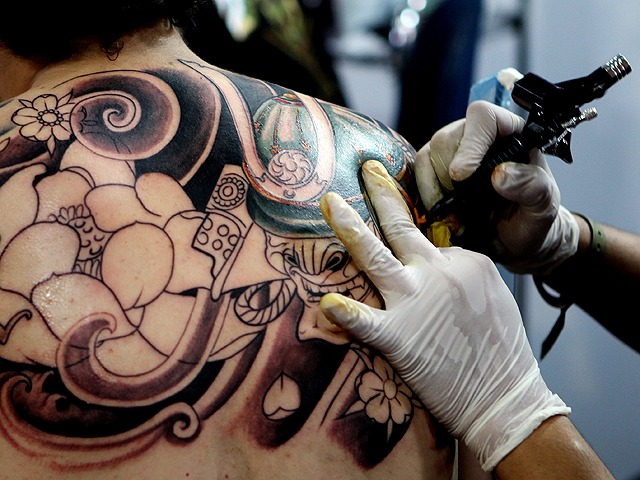
The Role of the Tattoo Artist: Learn about the skilled tattooists who specialize in traditional Japanese tattooing, their training, techniques, and the tools they use, such as woodblock prints and tebori.
The enigmatic realm of traditional Japanese tattooing, known as irezumi, weaves a tapestry of perplexity and burstiness that spans across centuries. The paramount role played by the tattoo artist in this captivating art form is indispensable to its evolution and perpetuation. These virtuosos of ink can be found practicing their craft within specialized tattoo emporiums scattered throughout Japan.
The arduous training regimen endured by these maestros of the needle demands years of apprenticeship under the tutelage of a master. They delve into an intricate array of techniques, including the revered tebori method, where an artisanal handheld needle deftly inserts ink into the dermis with meticulous precision. This laborious process affords them unparalleled control over shading nuances and facilitates the creation of elaborate designs brimming with intricacy.
An integral facet in shaping traditional Japanese tattoos lies within woodblock prints, which serve as inspiring muses for these artists. Drawing from historical artwork and interweaving elements derived from Japanese folklore, they meticulously fashion bespoke works that bear testament to both cultural customs and individual expression.
Though contemporary perceptions oft associate tattoos with yakuza members due to their historical ties to organized crime syndicates, academic discourse rages on regarding who first adorned themselves in these ornate indelible markings – criminals or commoners seeking sanctuary from malevolent spirits? Nevertheless, it was during the Edo period that tattoos transcended societal boundaries and graced individuals hailing from diverse walks of life.
Despite enduring periods when legal proscriptions sought to quell its existence, traditional Japanese tattooing has defiantly persevered as a resplendent art form flourishing even today. Skillful artisans dutifully carry forward this ancient legacy by employing many time-honored tools passed down through generations. Their unwavering commitment to safeguarding this venerable tradition ensures its unyielding status as an intrinsic part of Japan’s cultural fabric and artistic heritage.
Japanese Society and Irezumi: Understand the connotation and significance of tattoos in Japanese society, including their association with the yakuza, their place in Japanese folklore, and their portrayal in Japanese art.
Tattoos in Japanese society have long been a source of perplexity and burstiness. Their intricate nature and association with the yakuza, Japan’s organized crime syndicates, add layers of complexity to their meaning. Yakuza members donned expensive irezumi tattoos beneath their clothing as a symbol of loyalty and fearlessness, leaving an indelible impression on both foes and allies.
However, it is important to note that not all wearers of traditional tattoos are involved in criminal activities. Skilled tattoo artists cater to clients seeking these exquisite works of art. Previously, receiving tattoos from these artists was illegal for non-yakuza individuals due to their connection with organized crime. Thankfully, laws have evolved, allowing tattooists to ink clients outside the yakuza realm.
Beyond its underworld ties, traditional Japanese tattooing delves into folklore and mythology. The motifs commonly found in Japanese designs hold profound significance within the culture – from the powerful Japanese dragon to the delicate cherry blossom or resilient koi fish – each representing different facets of life’s journey. It is this rich symbolism that appeals to people from various backgrounds who appreciate the enigmatic allure embodied by each piece.
As we delve deeper into understanding tattoos’ connotation and significance in Japanese society, we discover that irezumi became associated not only with criminals but also certain professions like firefighters during the Edo period. These brave souls believed that elaborate full-body tattoos would safeguard them while carrying out perilous duties. This practice further solidified traditional irezumi’s broader cultural importance beyond illicit activities.
The world of Japanese art has played a pivotal role in shaping how tattoos are perceived in Japan. Traditional tattooing draws substantial influence from ukiyo-e, a popular style of woodblock prints originating during the Edo period depicting scenes inspired by folklore and mythology featuring characters adorned with intricate tattoos. This artistic representation fosters a stronger connection between tattoos and traditional Japanese culture.
In conclusion, traditional Japanese tattooing occupies a perplexing position in society – encompassing both negative and positive connotations. While its historical association with the yakuza cannot be disregarded, it is crucial to acknowledge that contemporary wearers of these tattoos hail from diverse backgrounds and possess distinct motivations for getting inked. The profound symbolism inherent in each design, coupled with the remarkable skill of talented tattoo artists, perpetuates the reverence bestowed upon traditional Japanese tattooing as an esteemed art form worldwide.
The Wearer’s Journey: Explore the process of getting a traditional Japanese tattoo, from finding the right tattooist and studio to the significance of receiving a tattoo name and the commitment required for a full bodysuit.
Embarking on the quest for a traditional Japanese tattoo initiates an enigmatic and exhilarating voyage, one that commences by unearthing the ideal tattooist and studio. In Japan’s vast expanse, an array of artists masterfully hone their craft in distinct styles and techniques, necessitating a meticulous exploration to unearth the individual whose artistic vision resonates with your own. Amidst this intricate tapestry of choices, there exists a breed of artisans known as tebori artists who eschew conventional electric tattoo machines in favor of employing the ancient hand-poking method. This time-honored technique imparts an unparalleled aura of authenticity to the process.
Once you have successfully encountered a suitable artist who strikes a harmonious chord within your creative aspirations, it is imperative to engage in profound dialogue centered around your design concepts. Traditional Japanese tattoos draw inspiration from nature’s resplendence, mythical sagas brimming with enchantment, and historical narratives steeped in grandeur. Within this kaleidoscope of motifs lie majestic dragons soaring amidst ethereal landscapes, delicate cherry blossoms adorning serene canvases, magnificent koi fish embodying resilience and transformation, alluring geishas epitomizing gracefulness beyond compare, indomitable samurais showcasing unwavering strength amidst adversity – each masterpiece weaving together threads of mesmerizing beauty while intricately embedding profound symbolic meanings.
Having meticulously refined every nuance within the realms of imagination alongside your chosen virtuoso comes the momentous commitment required for adorning oneself with either an awe-inspiring full bodysuit or any other colossal opus aptly dubbed “irezumi.” Such monumental endeavors demand years upon years to attain completion as these intricate marvels necessitate multiple sessions coupled with extensive coverage across expansive expanses. Astonishingly devoted individuals may even dedicate five long years encompassing weekly visits to culminate their transformative journey through ink-stained flesh. This formidable level of dedication serves as a poignant testament, encapsulating not only the wearers’ profound appreciation for the time-honored traditions enveloping traditional tattoo artistry but also their unwavering reverence for this cultural phenomenon’s indelible significance within Japan’s rich tapestry.
It is crucial to acknowledge that despite tattoos acquiring greater acceptance within contemporary society on a global scale, they still bear certain connotations in Japan. These associations spring forth from historical periods, most notably during the Edo period (1603-1868), where tattoos became intertwined with criminal organizations such as the infamous yakuza. However, in present times, countless individuals pursue tattoos purely as an avenue for aesthetic expression or personal manifestation rather than harboring any affiliations with organized crime syndicates or succumbing to superstitions surrounding these mesmerizing works of art. Irrespective of prevailing societal perceptions or temporary trends permeating amongst younger generations favoring ornamental embellishments etched onto their skin, one immutable truth remains steadfast: Tattoos continue to be profoundly interwoven into the very fabric of Japanese culture – venerated timeless masterpieces embodying tradition and heritage through every intricately crafted stroke.
What is the perplexing history of Japanese tattooing?
The enigmatic origins of Japanese tattooing can be traced back to the intricate artistry that flourished during the Edo period, eventually transforming into a captivating and awe-inspiring form today.
What are some intriguing and bursty traditional Japanese tattoo designs?
Bursting with symbolism and mystique, traditional Japanese tattoo designs often showcase mesmerizing motifs like the formidable Japanese dragon, delicate peonies in full bloom, ethereal cherry blossoms, and an array of other beguiling images.
What role does a perplexing tattoo artist play in traditional Japanese tattooing?
Immersed in a labyrinthine world of expertise, tattoo artists specializing in traditional Japanese tattoos embark on an arduous journey of extensive training. Armed with ancient tools such as woodblock prints and employing techniques like tebori – where each painstaking poke is infused with profound meaning- they masterfully bring these enigmatic artworks to life.
How do tattoos provoke bewilderment within Japanese society?
Tattoos have long been shrouded in mystery within Japanese society. While associated with the shadowy realm of organized crime known as yakuza, they also hold deep cultural roots intertwined with folklore and artistic expressions throughout Japan’s vibrant history.
What bewildering process unfolds when obtaining a traditional Japanese tattoo?
The bewitching process entails embarking on an odyssey to discover the perfect artist and studio. This quest guides one towards receiving not just ink but also acquiring an evocative name bestowed upon them by their chosen artist—a symbolic bond connecting them to this mystical art form’s rich tapestry. Furthermore, those truly committed dive headfirst into embracing a full bodysuit—an immersive experience demanding devotion through countless hours under the needle while enduring both physical pain and financial investment—all contributing to crafting an all-encompassing design narrative that leaves onlookers spellbound.
How can one navigate the labyrinthine path to find an artist and studio befitting traditional Japanese tattooing?
To unravel this perplexing quest, diligent research is paramount. Seek out esteemed tattooists who have mastered the intricacies of traditional Japanese tattooing. Immerse yourself in their captivating studios, where you can witness firsthand the entrancing tapestry they weave upon human canvas.
What is the enigmatic significance behind receiving a tattoo name?
Receiving a tattoo name unlocks a realm of enigma and fascination. It bestows upon its recipient an exclusive moniker that serves as an indelible mark binding them to the art’s profound history—a testament to their connection with this mesmerizing craft.
Do traditional Japanese tattoos elicit discomfort during their creation?
The road towards donning a resplendent traditional Japanese masterpiece is paved with moments of disquietude. Multiple sessions intertwined with tebori techniques—an ancient practice involving intricate hand-poking rituals—usher forth varying degrees of pain, further accentuating each inked stroke’s transformative power.
Are these captivating creations confined solely to select individuals or accessible by all?
Treading upon this bewitching path requires no exclusivity—it beckons anyone willing to embrace its complexities and honor its cultural legacy. However, it remains paramount for those venturing forth to grasp and revere the profound cultural significance encapsulated within this mesmerizing art form.


